The history of collecting in Argentina is a recent history, like almost everything in a young country. However, its characteristics have been changing through that story. It was in the nineteenth century that Argentine collectors, who mostly admired the art of Europe and especially Paris, appeared. The late nineteenth century and the twentieth century brought concern for Argentine identity, and Argentine artists began to capture it in their paintings and collectors began to look to the national art. The collections of this period are those that formed public museums. Being a collector was a social definition and a pleasure reserved for those whose greatest ambition was to have a collection important enough to donate to one of the nation's public museums. In the twenty-first century things have changed; the most important collectors of Argentina are beginning to dream of not donating their collections but of opening their own museums. Eduardo Costantini created the Museum of Latin American Art of Buenos Aires (Malba) in 2001, and in 2008 the Fortabat Art Collection opened its doors. They are the first of a trend of this new century, the new collector's dream: to show the collected works in their own space. Amalia Lacroze de Fortabat or Amalita Fortabat, as it is called daily, was one of the most important collectors of Argentina. Until the collection came into public view countless rumors and fantasies surrounding the collection in the popular imagination circulated.
The Amalia Lacroze de Fortabat Art Collection is located at 141, Olga Cossettini Street in Puerto Madero, a neighborhood that from 1994 began to be recycled into the tourist district that it is today. This museum created a space for one of the most powerful women of her time, who knew how to stay ahead of the country's largest cement maker. It is located in the only area of the city of Buenos Aires where the streets are named after women from different social origins who fought against the prejudices of their time to defend equality, freedom and independence.
Enlarge

Fortabat Art Collection Press
Amalita Fortabat was a prominent entrepreneur, millionaire, philanthropist, maecenas and art collector in Argentina. She was the creator of the Colón Theater Foundation and the Foundation Amalia Lacroze de Fortabat, who made countless donations to charities in Argentina between 1976 and 2001. She was born August 15, 1921 to a family of high class, and at age twenty was already a fashion icon of high society. In 1955 Amalita Lacroze and Alfredo Fortabat married. During their marriage she actively participated in the company of her husband, the Loma Negra cement company. After the death of Alfredo Fortabat in 1976, Amalita Fortabat inherited his fortune and held the position of director of the company. She died on February 18, 2012 in Buenos Aires, Argentina. The collection is heterogeneous and a reflection of her personal taste, where you can see works by Argentinean artists as well as works of international artists.
Enlarge
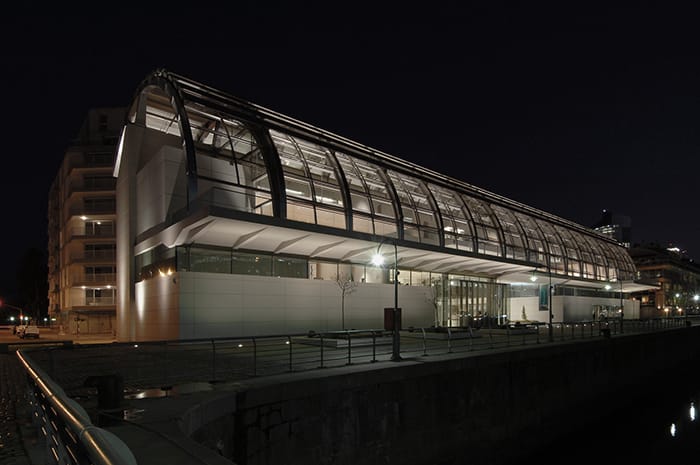
Fortabat Art Collection Press
The building was designed by the Uruguayan architect Rafael Viñoly with the idea of a visual relationship with the city. This can be seen in the upper levels of the 3000 m2 building, divided into four levels. Thanks to a dome of glass and steel with movable panels that control lighting, the space is spacious and has bright interiors with profuse natural lighting. At night these umbrellas are fully opened. The museum is rectangular, elongated with a rectangle of concrete that serves as a structural base and back on one side and on the other side loads descend through columns' circular bases where the cover of bent glass rests on metal ribs.
Enlarge
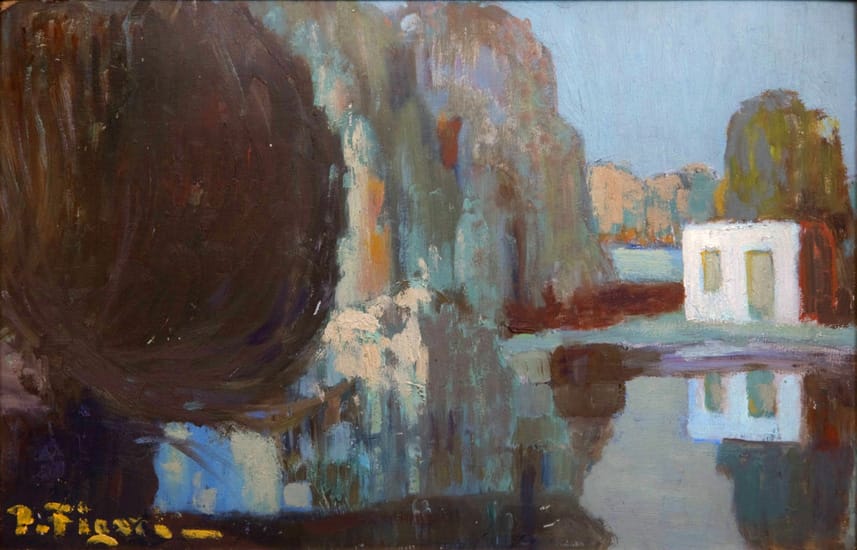
Fortabat Art Collection Press
The permanent exhibition is located in the basement where you can see a selection of artworks arise from two paths; the first offers a tour of the Argentinean art and the second features works by some of the masters of international art. The first tour follows a chronological script offering an overview of the development of some of the problems of Argentine art of the nineteenth and twentieth centuries, marked by the special choice of the collector. The second tour highlights the Flemish Pieter Brueghel II, with The Census in Bethlehem, linked to Romanticism, Joseph Mallord William Turner with Juliet and her Nurse. Many of the works of twentieth century Argentinean art and international works of the great masters can be seen from this year online due to an agreement with the Google Cultural Institute.
Enlarge
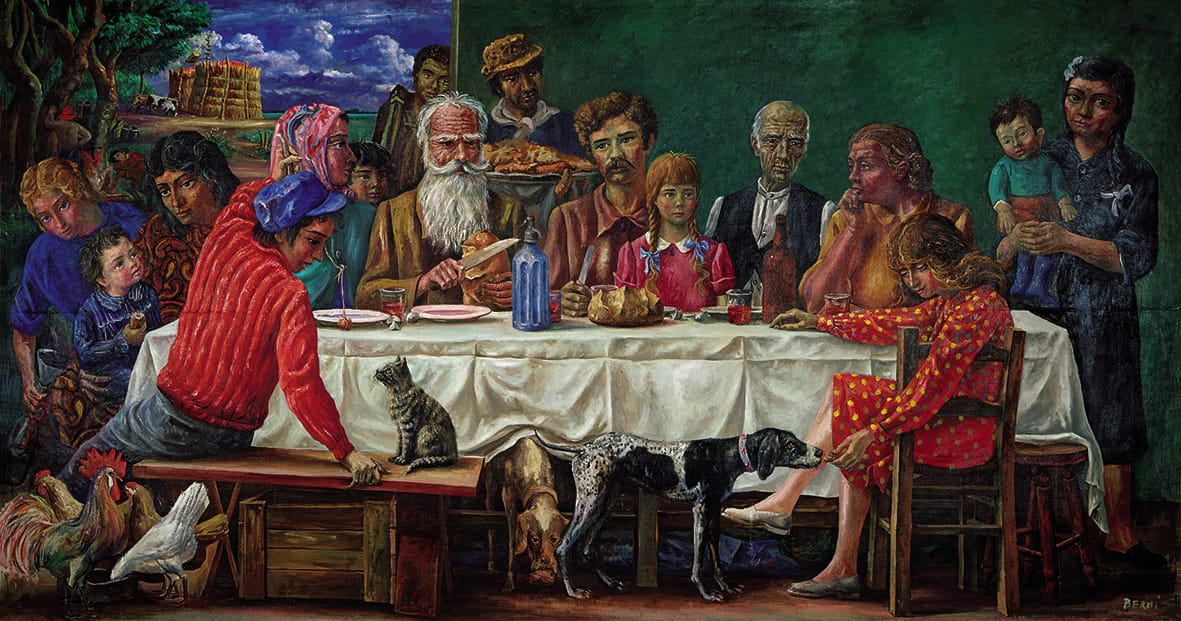
Fortabat Art Collection Press
Coming to the works of this century, there are five works by Antonio Berni, considered to be one of the most important artists of Argentina. Works like Sunday at the Farm House or The Lunch, stand out and belong to different series and styles of the artist, but where you can clearly see the social problems throughout his life that heavily influenced his art. This work refers to the different European immigrants who arrived in Argentina in the hope of a better life. Reinforcing the meaning, is a close-up on the characters represented in the painting. By observing the work, it is almost impossible not to connect it to the iconography of the Last Supper by Leonardo da Vinci, whom he quotes in this work.
Enlarge
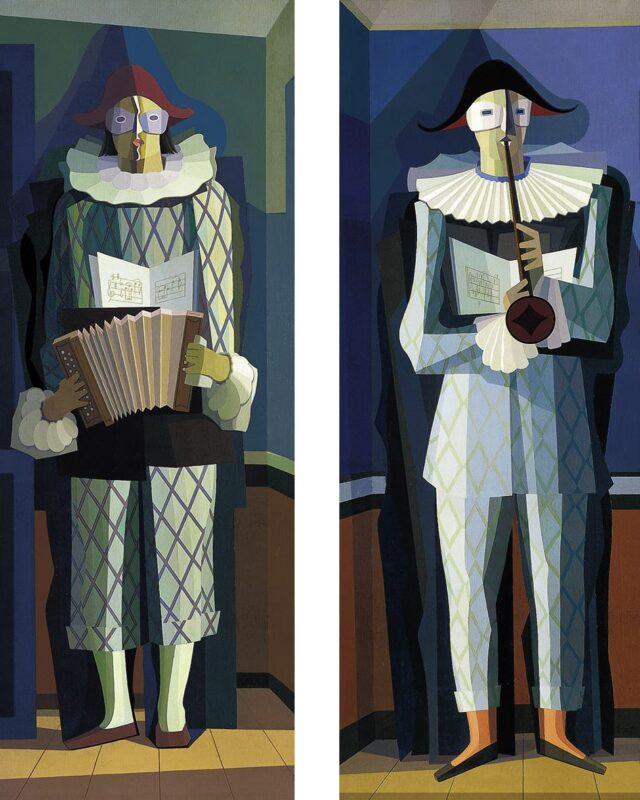
Fortabat Art Collection Press
On the tour you can also appreciate the art of Emilio Pettorutti with two works from the series Harlequin. These two paintings of solitary harlequins are both rich in meaning and involve the viewer with a painting characterized by geometry, clarity and analysis. These pieces dialogue with the harlequin of Roberto Aizenberg, who, around 1985, made a series surrounding this subject, which has an irregular geometric figure framed by geometric architecture so characteristic of the artist.
Enlarge

Fortabat Art Collection Press
The tour is completed with works by artists like Raquel Forner and Uruguayan Pedro Figari who live with artists like Jorge De La Vega, Luis Fernando Benedit and Antonio Seguí, among many others.
Enlarge
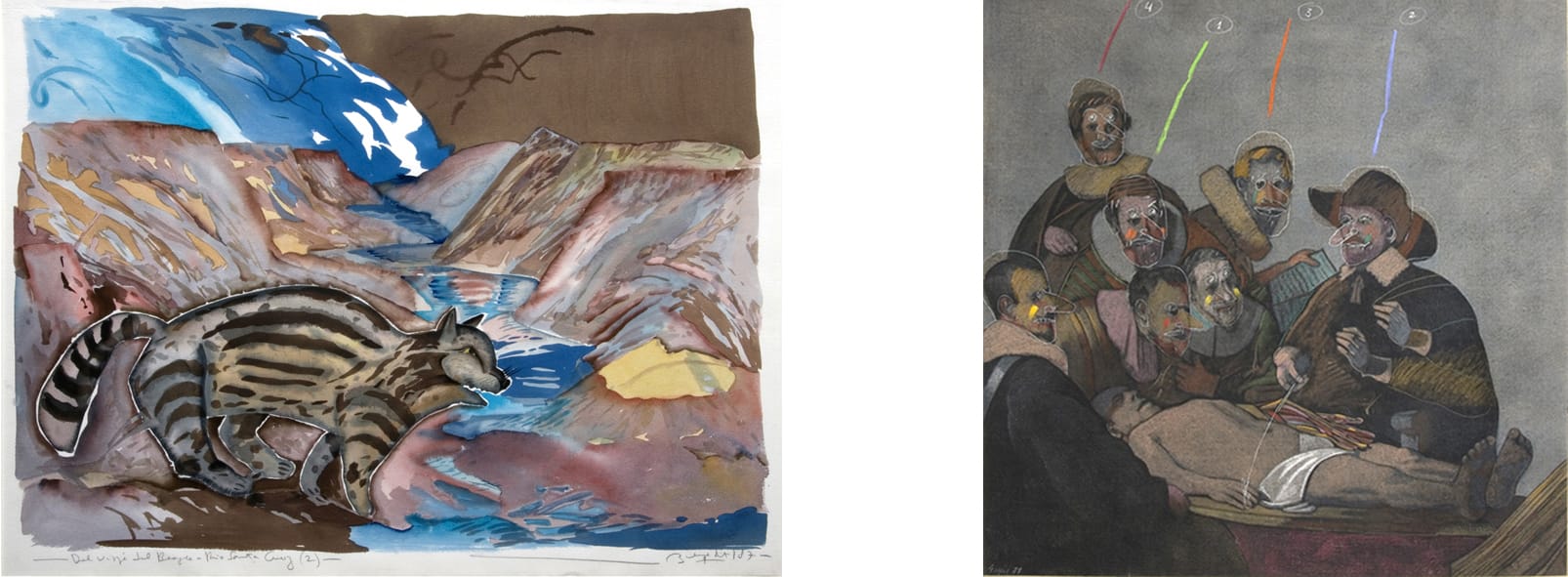
Fortabat Art Collection Press
The upper floors of the museum are reserved for temporary exhibitions. In recent years artists like Marcelo Pombo, Nicola Costantino with Rapsodia Inconclusa and Luis Felipe Noé with NOÉ. SIGLO XXI, have passed through these halls. Group exhibitions featuring both national and international artists have also been featured.
The collection and its presentation have very interesting features. Besides giving the possibility of impressive works, it lays the collector into a place of importance, where value is put on collecting and patronage. This point, made rather unique to the museum, is also one of the things most criticized about it. The result is an unusual, but no less interesting dialogue between works. Amalita Fortabat and the other collectors who made their way to show their work, have changed the secrecy that usually surrounds large private Argentinean art collections and are part of a change that has been gestating on the figure of collecting. Today more and more people dare to walk this path.
Enlarge
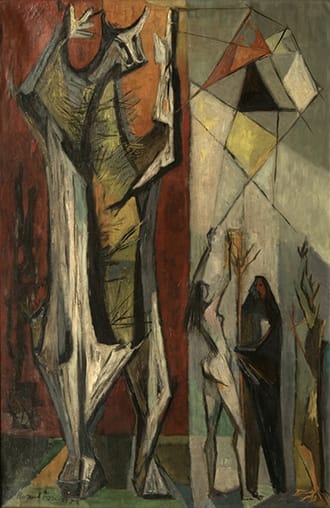
Fortabat Art Collection Press
